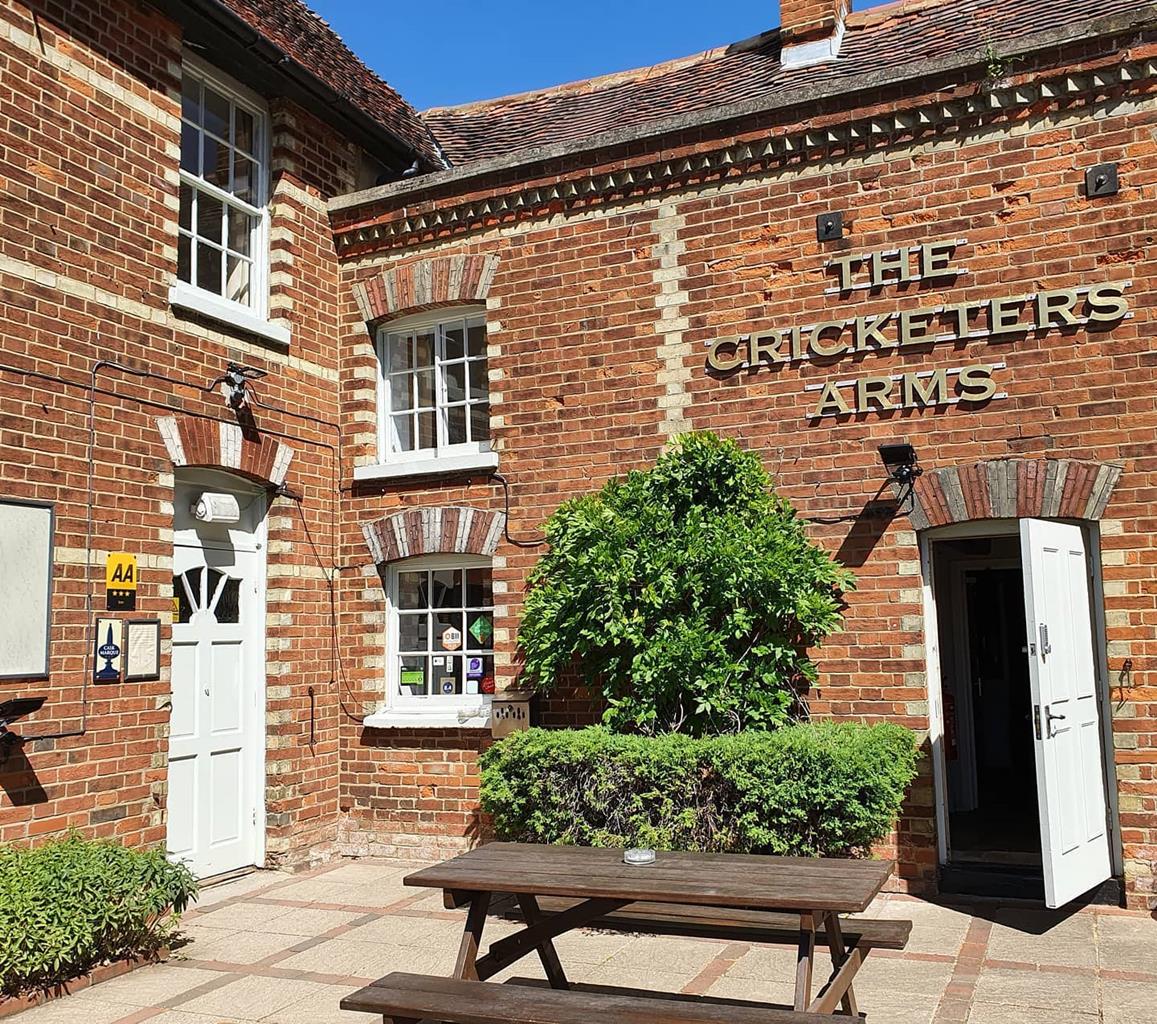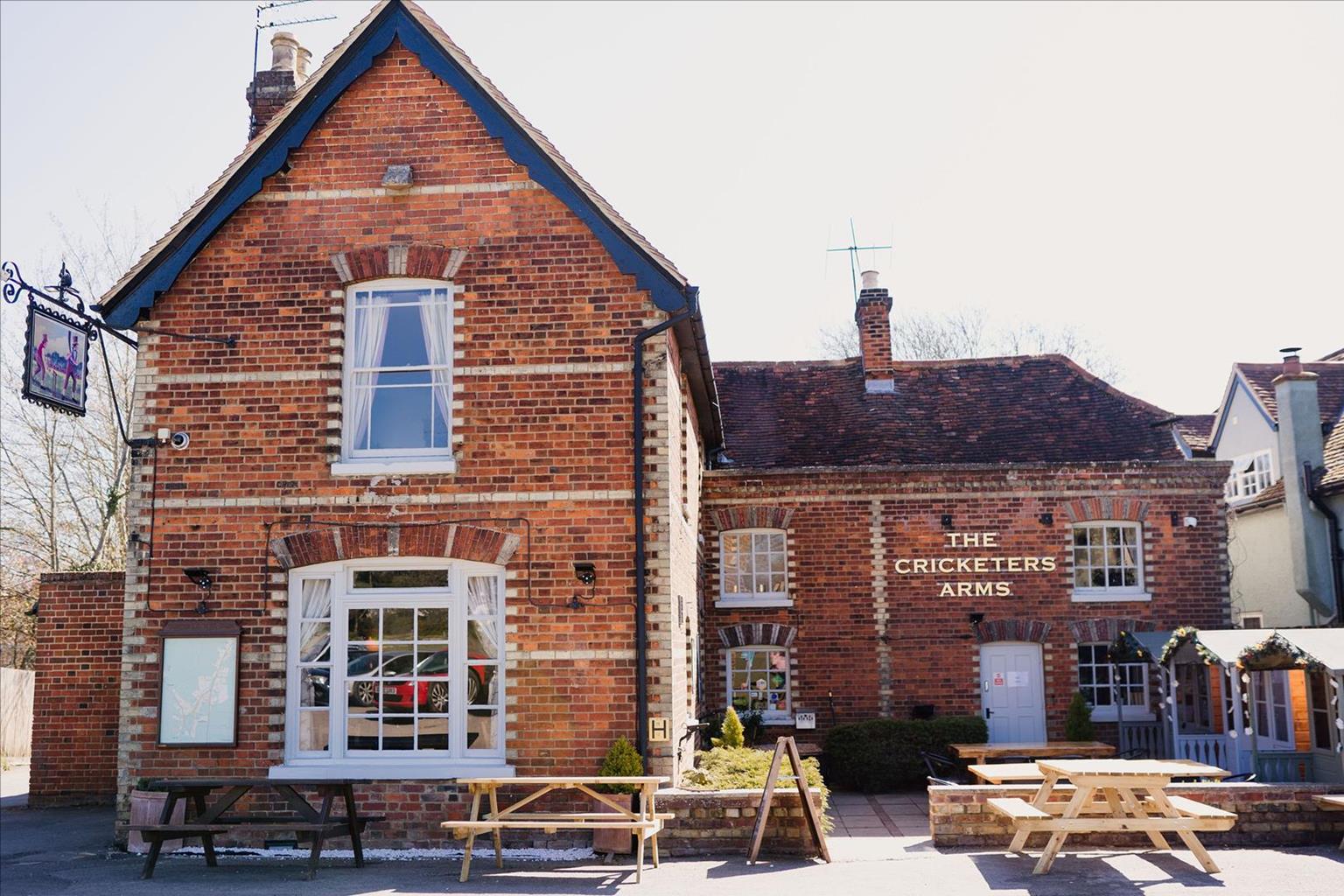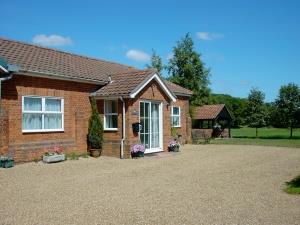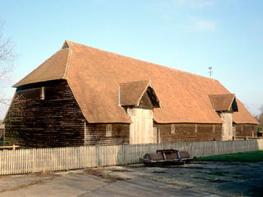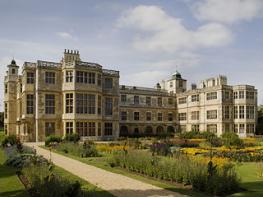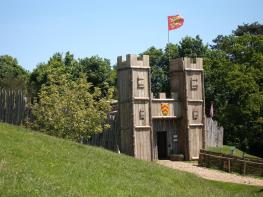Located on a working arable farm, Stable Cottage is a converted Victorian stable, less than ten…
In Holst's footsteps at Thaxted

A glorious walk follows in the footsteps of the great composer Gustav Holst.
3 miles (4.8kms)
About the walk
Thaxted is the sort of village you would expect to find gracing the top of a chocolate box – with its picturesque windmill, thatched houses and a guildhall dating back to the 13th century. Perhaps this is what attracted composer and musician Gustav Holst (1874–1934). The young Gustav stayed overnight in Thaxted in 1913 during a five-day winter walking holiday in northwest Essex, little knowing that a few years later he would come here to live. Holst was born in Cheltenham to a father who came from the Baltic port of Riga. When he moved to Thaxted he was known as Gustav von Holst, a name which at first aroused suspicion among the villagers, who couldn’t understand what motivated this stranger to walk for so long and so far.
Home for the composer, his wife and their daughter was, at first, a 17th-century thatched cottage. They enjoyed views across meadows and willow trees to the magnificent spire of St John the Baptist Church, and this view, coupled with tranquillity and solitude, provided inspiration for his work, The Planets Suite (1914–16). On this walk you will enjoy panoramas of rolling countryside and big skies, and see the soaring spire of the church, visible for miles around – and perhaps experience similar feelings of liberation.
A turbulent priest
Holst became great friends with the local vicar, the socialist Father Conrad Noel, a colourful and controversial character who called the composer ‘Our Mr Von’. Noel upset the villagers one day in 1921 by hoisting Sinn Fein and communist red flags above the church. He deliberately omitted hoisting the Union Jack, believing it to be a sign of imperialist oppression. Angry Cambridge students tore down the flags and replaced them with the Union Jack, an act which drove the vicar quite wild. A pitched battle ensued, with Noel and his followers slashing the tyres of the demonstrators’ cars and motorbikes, until order was fully restored by the Church authorities.
Summer music festival
In calmer times Holst played the church organ, helped out local singers, and even brought London students to the parish church where they sang Bach cantatas. At Christmas he sang carols and invited the choir to his home at the Manse in Town Street, where a plaque commemorates his residence here. Holst died in 1934, and he is remembered with a month-long summer music festival in Thaxted, which attracts performers from around the world.
Walk directions
From the car park turn left into Margaret Street, right into Weaverhead Lane and left into Copthall Lane, passing the row of cottages called Bridgefoot. After the houses on your left, at a public footpath sign, pass through the gap between trees by the gate into the meadow. Turn right along the grassy path and keep parallel with Copthall Lane on your right. After 400yds (366m) bear left at the yellow waymark through trees, and, keeping the stream to your left, cross a footbridge waymarked Turpin’s Trail. Ignore the second footbridge at right angles, and at the field-edge cross an earth bridge and turn left at the fingerpost. At the next fingerpost turn right.
Maintain direction along the field-edge path. After the spinney on your left, turn left at the waymark over the footbridge and follow another field-edge path, keeping the hedgerow on your left and crossing another footbridge to the B1051, Sampford Road. Turn right, cross the road with care and take the first turning on the left along the farm track and bridleway. In the distance to your left is the spire of St John the Baptist Church. The track zig-zags left and right past Sorrells Farm House and Goldens Farm. At Goldens Farm bear right onto the narrow canopied bridleway between buildings, and later bear right along a field-edge. Turn left outside Goddards Farm and follow the track downhill.
Cross a road to the farm and the adjacent track to follow a fingerpost through the hedge. Turn half left across the field and follow the path, with the River Chelmer on your right, to Walden Road.
At Walden Road turn right across Armitage Bridge and immediately left at the public footpath sign. Follow the field-edge path, with the river on your left, passing conifers. After 300yds (274m), turn left at the waymark concealed in the hedgerows. You are now on the Harcamlow Way. Continue downhill along a driveway leading from the house called Haslemere, and go over a concrete bridge across the river. Ignore paths left and right and continue along the tarmac road, past some elegant modern housing surrounded by rolling countryside.
Continue along Watling Lane, passing 17th-century cottages and Piggot's Mill, to emerge opposite The Swan. Turn left and right into Margaret Street and return to the car park.
Additional information
Field-edge paths, bridleway prone to muddiness, river bank and some town streets
Arable fields, meadows and undulating farmland
Plenty of opportunity to run free
OS Explorer 195 Braintree & Saffron Walden
Free car park at Margaret Street
Car park in Margaret Street
WALKING IN SAFETY
Read our tips to look after yourself and the environment when following this walk.
Find out more
Also in the area
About the area
Discover Essex
Essex is full of pleasant surprises. It has the largest coastline of any county in England, with its fair share of castles, royal connections and scenic valleys. Take Colchester, for example, which was built by the Romans and is Britain’s oldest recorded town. Its castle contains the country’s largest Norman keep and yet, a stone’s throw from here, East Anglia’s newest arts centre promises to put Colchester firmly on the map as Essex’s capital of culture.
Tidal estuaries are plentiful and their mudflats offer migrating birds a winter feeding place. Essex was known as the land of the East Saxons and for centuries people from all over Europe settled here, each wave leaving its own distinctive cultural and social mark on the landscape. Walking a little off the beaten track will lead you to the rural retreats of deepest Essex, while all over the county there are ancient monuments to explore:
- the great Waltham Abbey
- Greensted, thought to be the oldest wooden church in the world
- the delightful village of Pleshey has one of the finest examples of a former motte-and-bailey castle
- Hedingham Castle, magnificently preserved and dating from the 11th century.
Nearby stays
Restaurants and Pubs
Nearby experiences
Recommended things to do
Why choose Rated Trips?
Your trusted guide to rated places across the UK
The best coverage
Discover more than 15,000 professionally rated places to stay, eat and visit from across the UK and Ireland.
Quality assured
Choose a place to stay safe in the knowledge that it has been expertly assessed by trained assessors.
Plan your next trip
Search by location or the type of place you're visiting to find your next ideal holiday experience.
Travel inspiration
Read our articles, city guides and recommended things to do for inspiration. We're here to help you explore the UK.


